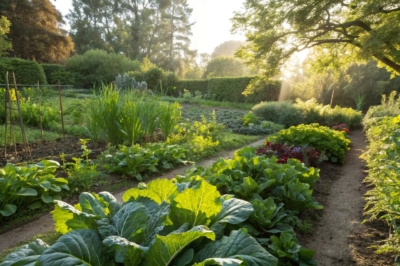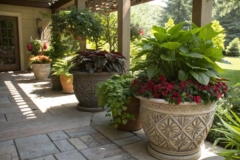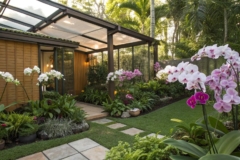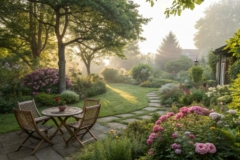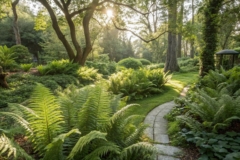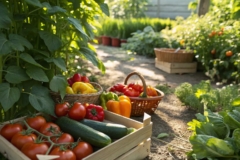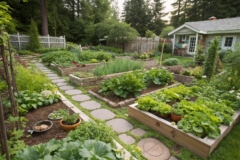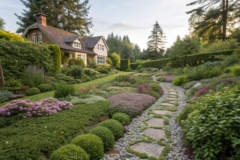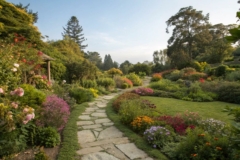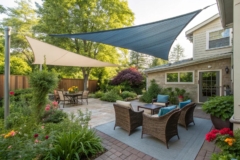1. Endive’s Elegant Leaves
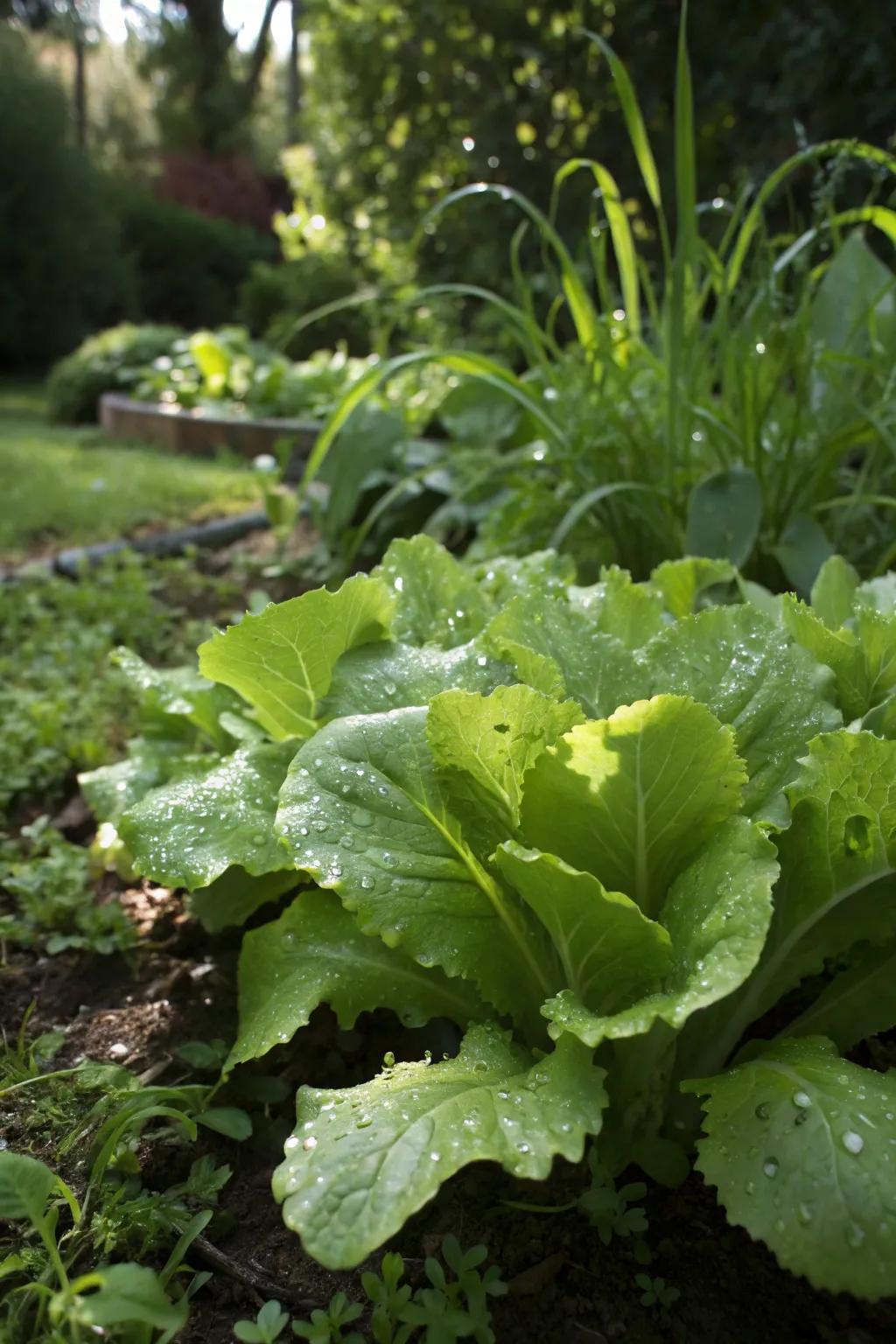
Endive is another leafy green that appreciates partial shade. Its elegant leaves add a touch of class to my shaded garden areas.
Might be a good match:
- Shade Cloth for Gardens: Enhance your garden’s productivity with this durable shade cloth, perfect for partial shade plants.
- High-Quality Organic Soil Mix: Boost your endive growth with this nutrient-rich organic soil mix, ideal for leafy greens.
- Adjustable Garden Hose Spray Nozzle: Effortlessly water your endive with this versatile spray nozzle, ensuring gentle and even coverage.
2. Lettuce in Low Light
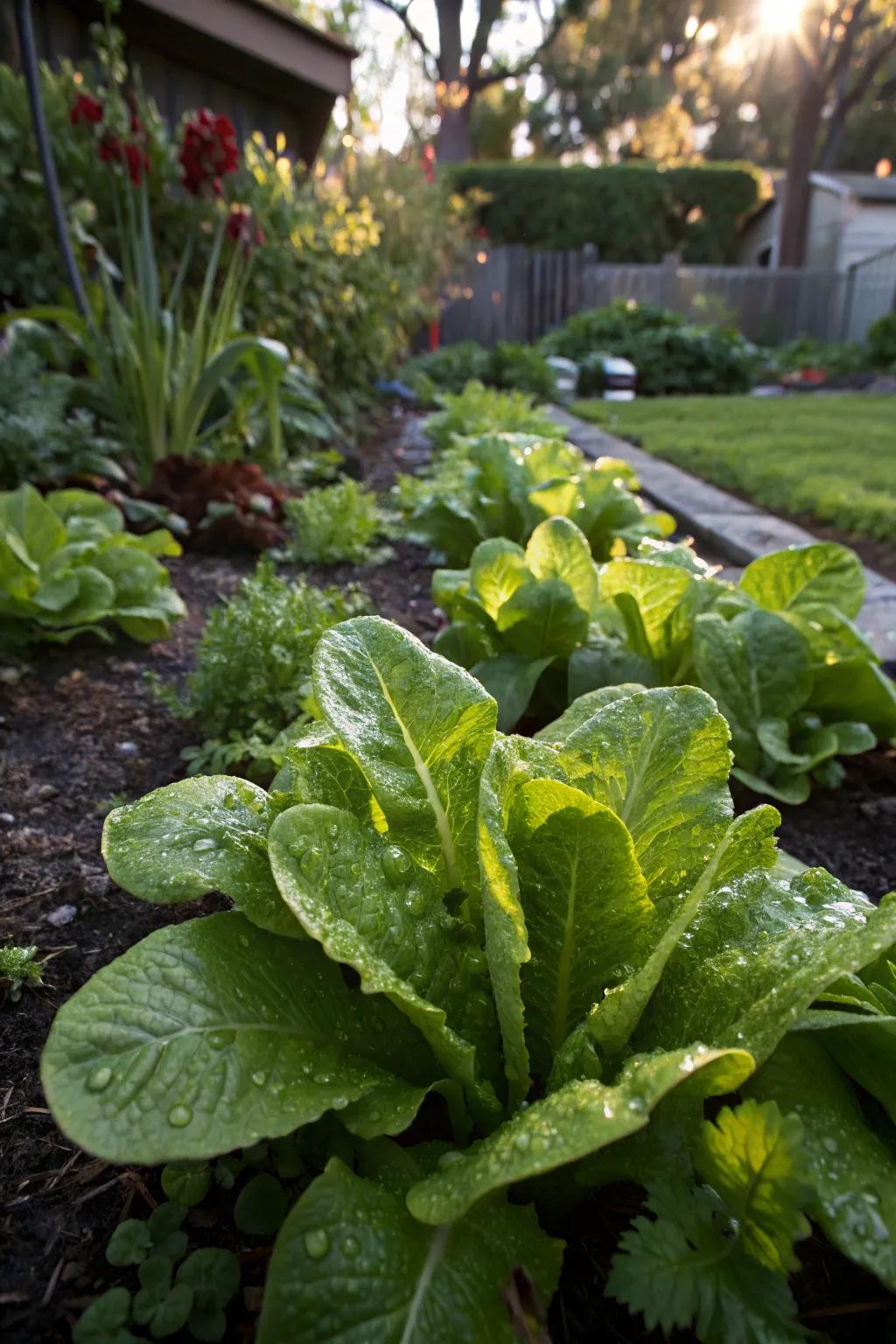
Lettuce is a superstar when it comes to shade tolerance. In my garden, loose-leaf varieties like Oak Leaf grow beautifully with just a few hours of sunlight.
Possibly helpful picks:
- Raised Garden Bed Kit: Enhance your garden’s setup with an easy-to-install raised bed for optimal lettuce growth.
- Shade Cloth for Garden: Regulate sunlight exposure with a durable shade cloth, perfect for low-light lettuce cultivation.
- Organic Lettuce Seeds: Start your garden with premium organic lettuce seeds suitable for shade planting areas.
3. Radishes for Rapid Growth

Radishes are quick to mature and can handle partial shade. Growing them in my shadier garden sections has never been a problem.
These products might help:
- Shaded Garden Planter Box: Maximize radish growth in partial shade with this versatile garden planter box.
- Organic Radish Seeds: Boost your harvest with fast-growing organic radish seeds, ideal for shaded gardens.
- Garden Soil for Vegetables: Enhance radish growth with nutrient-rich soil designed for vegetable gardens.
4. Carrots in Containers
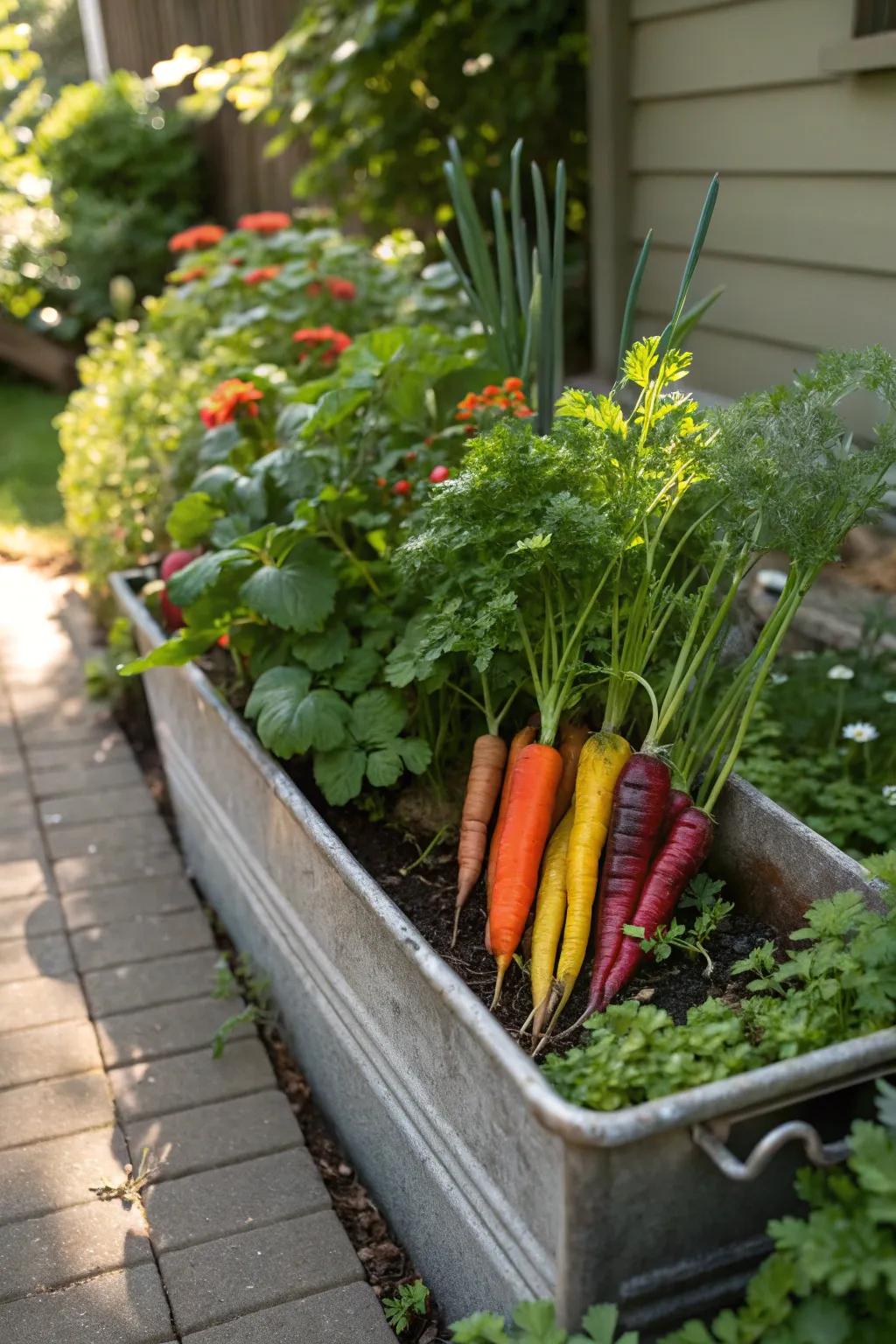
Carrots might surprise you with their ability to grow in shaded containers. I love experimenting with baby carrots, which thrive even with just a few hours of direct light.
Maybe worth checking out:
- Rustic Metal Raised Garden Bed: Enhance your garden with a rustic container, perfect for growing shade-loving carrots.
- Organic Vegetable Planting Soil Mix: Nourish your carrots with organic soil mix designed for optimal container growth.
- Shade Cloth for Gardening: Protect your carrots with a durable shade cloth, ensuring a steady growth environment.
5. Arugula’s Peppery Punch
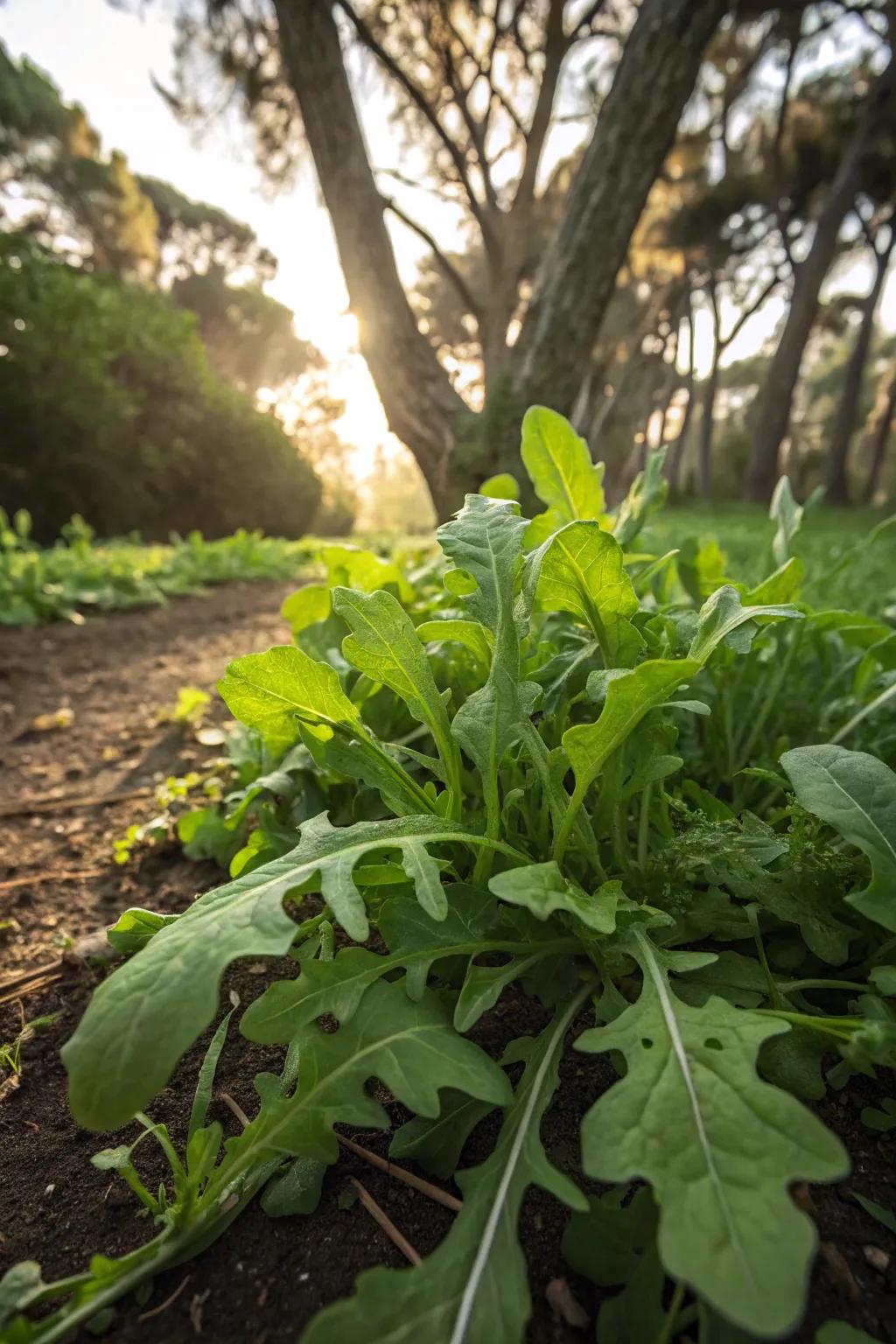
Arugula brings a peppery punch and grows well in dappled sunlight. My shaded garden loves this leafy green’s fast growth and spicy flavor.
A few things you might like:
- Organic Arugula Seeds: Grow your own peppery arugula easily with these organic seeds, perfect for shaded gardens!
- Compact Garden Shovel: Effortlessly prepare your shaded garden for planting arugula with this durable garden shovel.
- Adjustable Shade Cloth: Ensure perfect dappled sunlight for your arugula with an adjustable garden shade cloth.
6. Spinach for Shady Spots
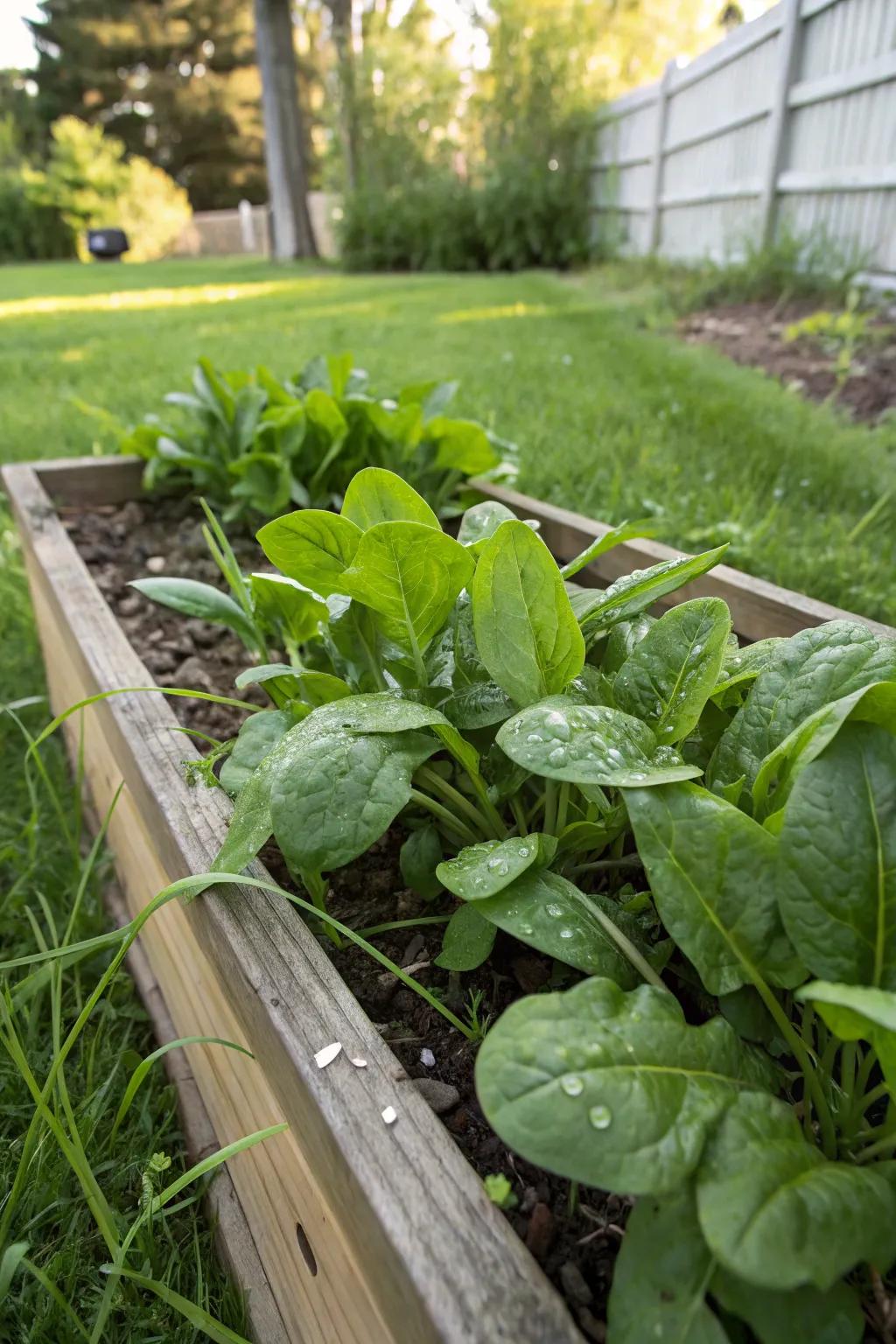
Spinach loves cooler temps and can produce a good harvest in partial shade. My spinach often rewards me with tender, flavorful leaves grown in my backyard’s shadier corners.
A few suggestions:
- Raised Garden Bed Kit: Enhance your garden’s yield with an easy-to-assemble raised garden bed. Ideal for shady spots.
- Organic Spinach Seeds: Grow tender, flavorful spinach leaves in partial shade with organic seeds. Perfect for cool climates.
- Shade Cloth Garden Cover: Protect your garden from excess sun and heat with a durable shade cloth cover. Extend growth success.
7. Peas in Vertical Gardens
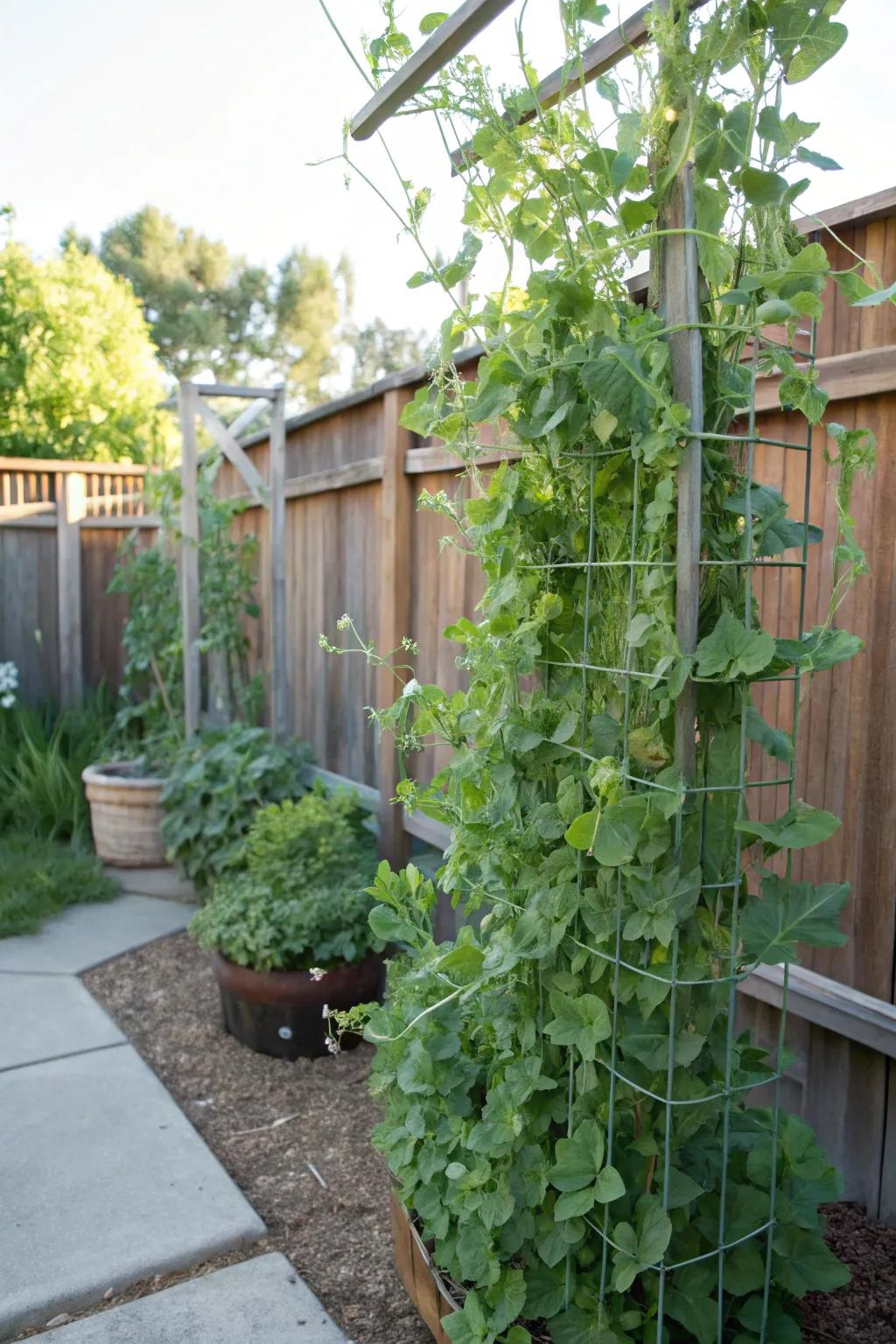
Peas are perfect for vertical gardening in shaded areas, climbing upwards to find more sunlight. I’ve had great success training them up trellises in partially shaded spots.
A few helpful options:
- Garden Trellis Netting: Boost your pea growth with durable trellis netting, ideal for climbing in shaded spaces.
- Vertical Garden Planter: Maximize your gardening area by using efficient vertical planters for shade-loving peas.
- Plant Support Stakes: Enhance your pea garden’s reach with sturdy support stakes for effective vertical growth.
8. Swiss Chard’s Vibrant Colors

Swiss chard brings a pop of color to any shaded garden bed. The bright stalks make my shaded plots look like a rainbow of edible delight.
You might give these a try:
- Organic Swiss Chard Seeds: Plant these organic seeds and enjoy a colorful, nutritious addition to your shaded garden beds.
- Raised Garden Bed Kit: Elevate your garden game with an easy-to-assemble kit perfect for shaded vegetables.
- Shade Cloth for Plants: Provide optimal growing conditions with durable shade cloth, ideal for vibrant Swiss chard growth.
9. Kale in the Cool Shade

Kale is a hardy green that actually prefers cooler, shaded environments. My garden’s curly kale always seems to be happiest in those slightly dimmer spots.
Check these products out:
- Shade Cloth for Gardens: Protect your kale from harsh sun with a shade cloth, ensuring optimal growth conditions.
- Kale Seeds for Shady Areas: Start growing your kale with seeds specifically selected for thriving in shaded environments.
- Organic Vegetable Fertilizer: Boost your kale’s growth with organic fertilizer, tailored for leafy greens in shady gardens.
10. Mint’s Shady Haven
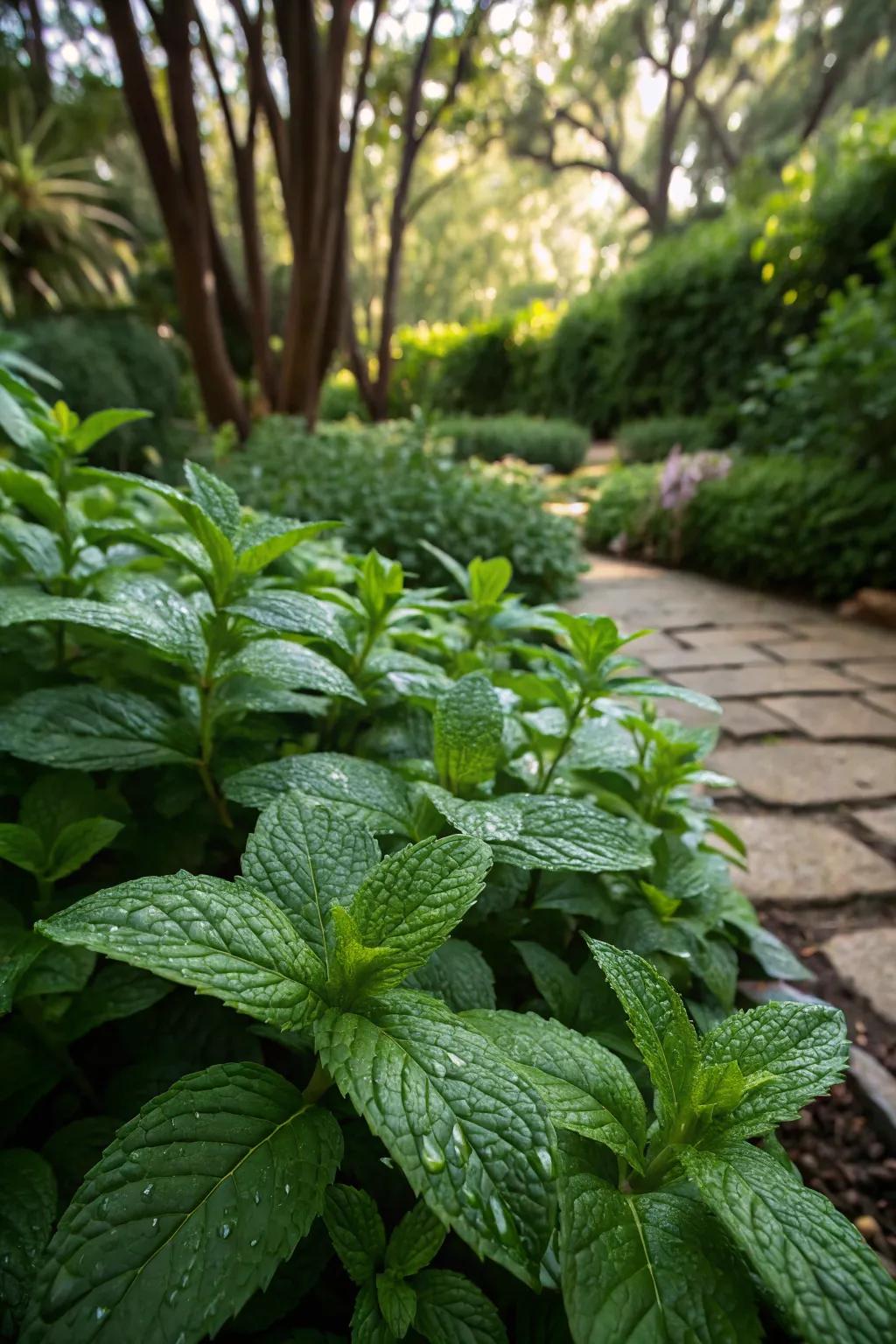
Mint loves full shade and behaves itself without overtaking the garden. In my shaded patches, mint provides a refreshing burst of flavor.
Explore these options:
- Herb Planter Box: Elevate your mint garden with this stylish planter, perfect for shaded areas. Enjoy fresh herbs anytime.
- Organic Potting Soil for Herbs: Boost your mint’s growth with nutrient-rich organic potting soil, ideal for shade-loving plants.
- Gardening Hand Tool Kit: Simplify your gardening tasks with this essential hand tool kit. Perfect for maintaining mint patches.
11. Cabbage in the Shadows
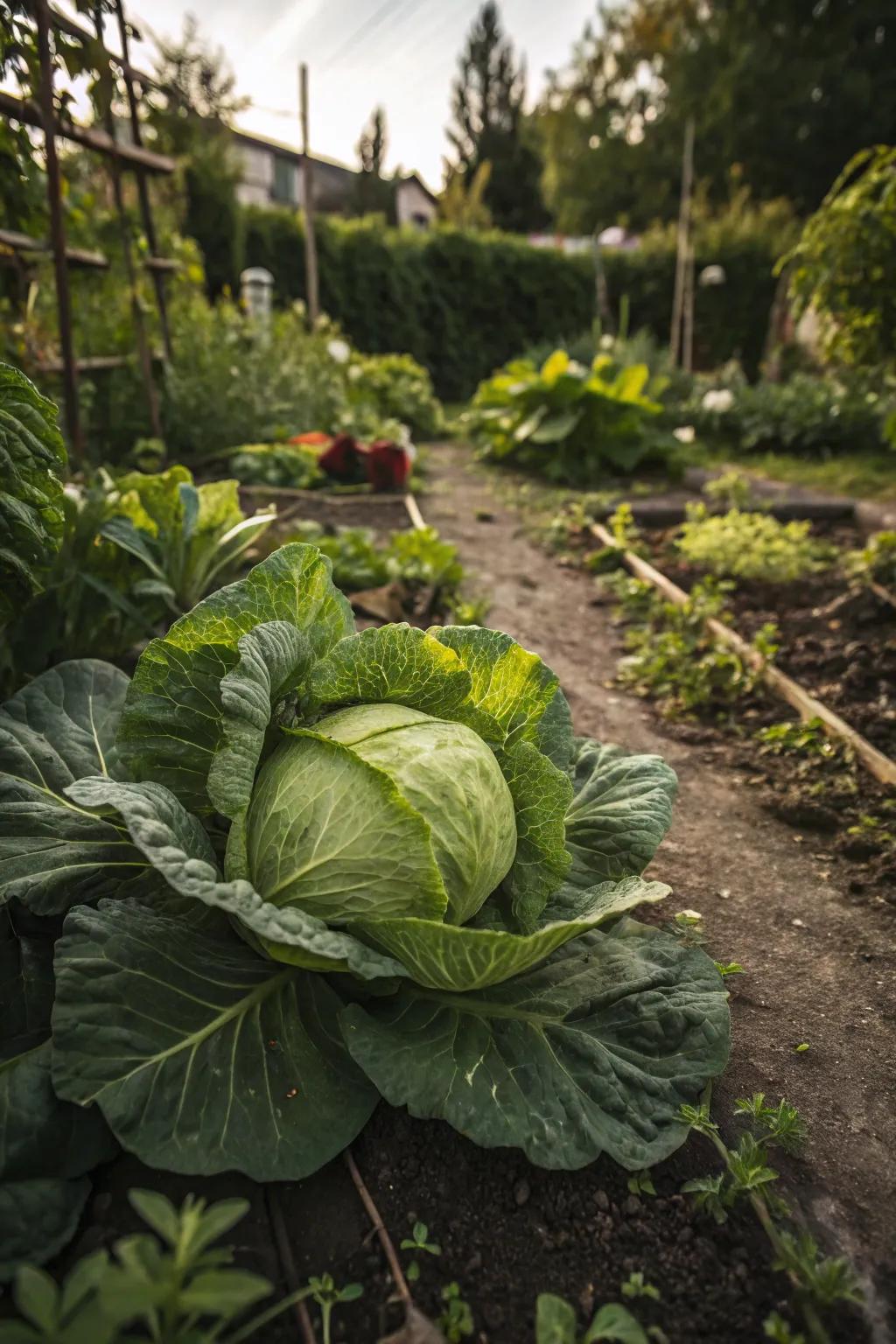
Cabbage can handle partial shade, especially in warmer weather. My shaded cabbage patches offer me hearty heads come harvest time.
Some ideas to consider:
- Shade Cloth for Gardens: Enhance your cabbage yield by providing optimal shade and protection with durable garden shade cloth.
- Organic Vegetable Fertilizer: Boost your cabbage’s growth with nutrient-rich, organic fertilizer designed for shaded garden patches.
- Mulch for Vegetable Gardens: Preserve moisture and heat with premium mulch, perfect for healthy cabbage growth in partial shade.
12. Garlic’s Shadowy Secrets
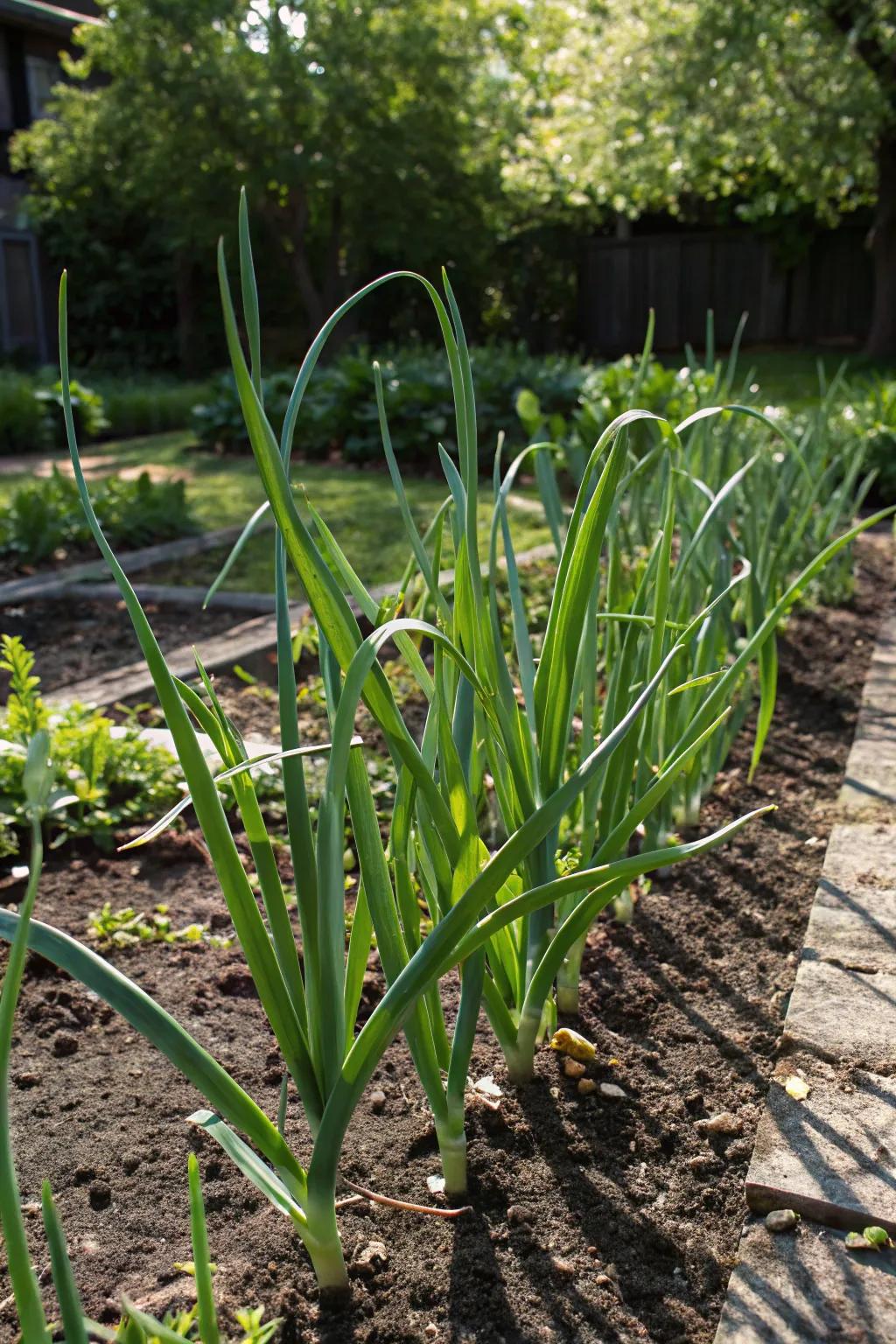
Believe it or not, garlic can tolerate some shade. Planting it in less sunny areas has always rewarded me with a late-summer harvest.
Possibly handy products:
- Raised Garden Bed Kit: Elevate your shady garden space with an easy-to-assemble raised garden bed kit.
- High-Quality Garlic Bulbs for Planting: Start your shadow garden strong with high-quality garlic bulbs designed for optimal growth.
- Organic Gardening Soil Mix: Boost your garlic’s growth with nutrient-rich organic soil mix designed for shaded areas.
13. Beet Greens for the Win
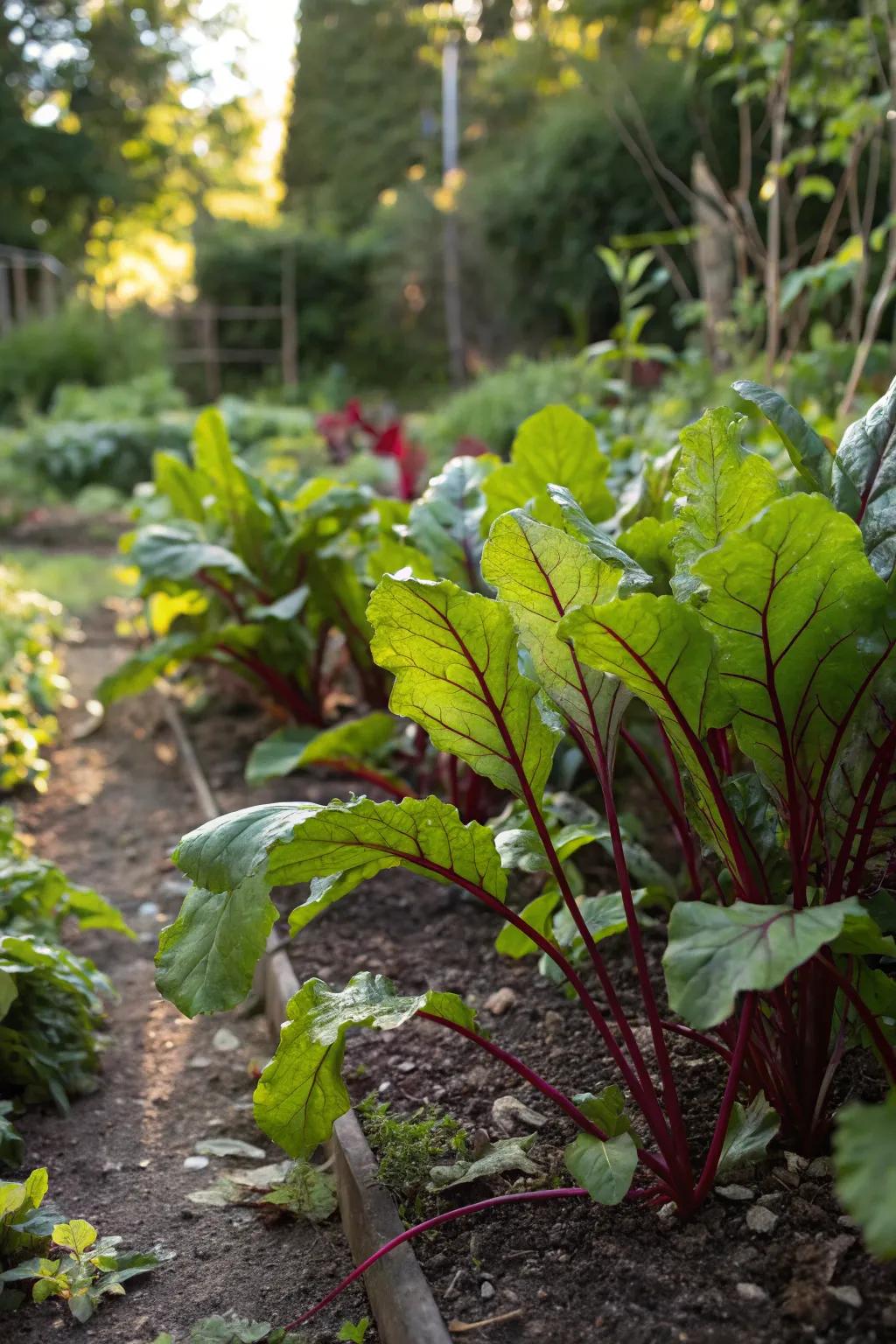
While beet roots prefer more sun, beet greens grow well in shade. I harvest these nutritious leaves regularly from my less sunny spots.
Products that could assist:
- Garden Hand Tools Set: Equip yourself with essential gardening tools to maintain healthy beet greens in shady areas.
- Organic Vegetable Fertilizer: Boost your beet greens’ growth with nutrient-rich organic fertilizer for optimal leaf development.
- Shade Cloth for Gardens: Install shade cloth to create the perfect environment for lush beet greens in sunnier spots.
14. Herbs in the Shade
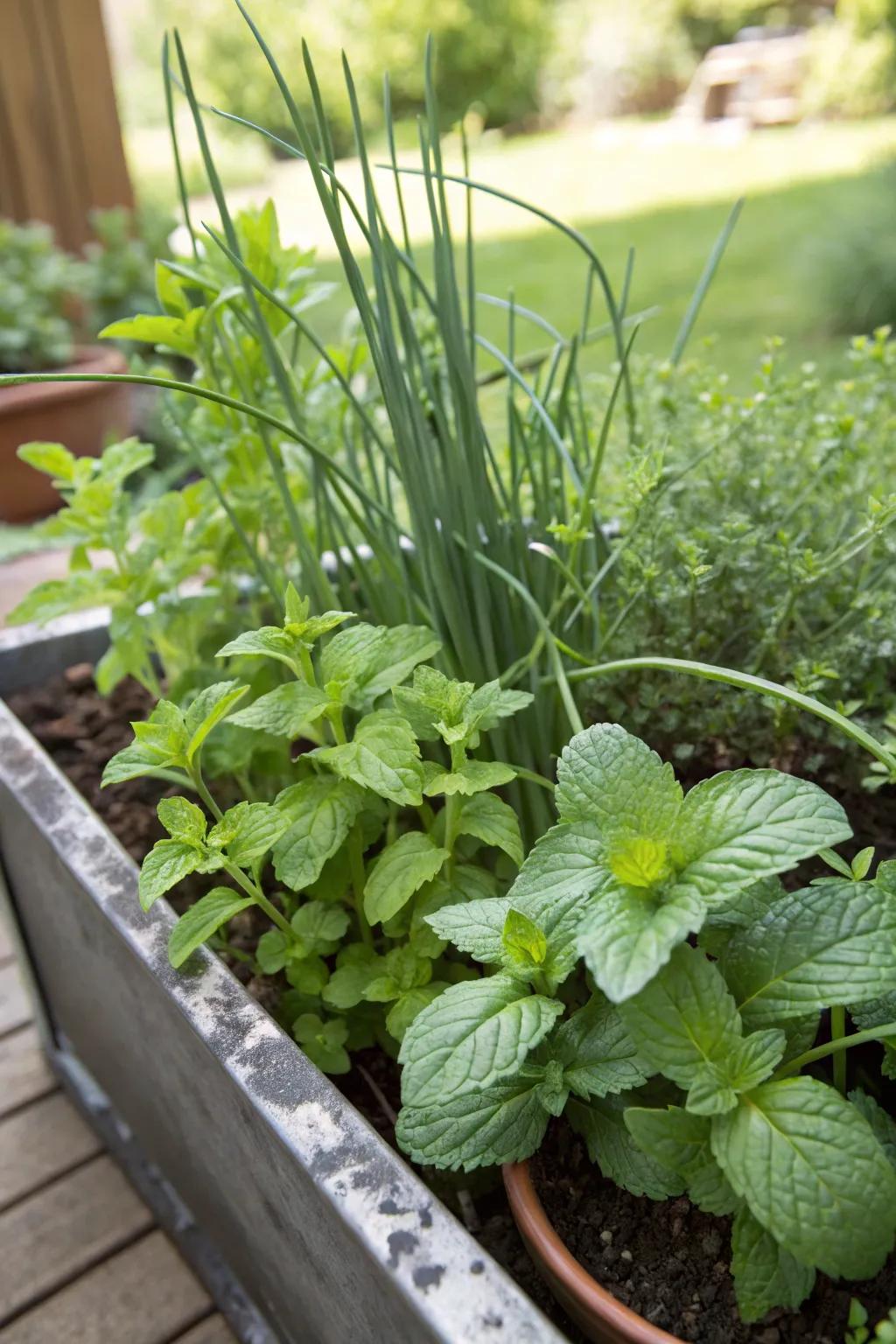
Herbs like mint and chives do well in partial shade, adding fresh flavors to my dishes without needing full sun. My herb garden thrives under these conditions.
Consider these options:
- Herb Garden Planter Box: Elevate your shade garden with this stylish planter, perfect for growing mint and chives.
- Organic Potting Soil for Herbs: Enhance your herb growth in partial shade with premium organic potting soil tailored for herbs.
- Drip Irrigation System Kit: Effortlessly water your shade-loving herbs with an easy-to-install drip irrigation system.
15. Bok Choy’s Bold Growth
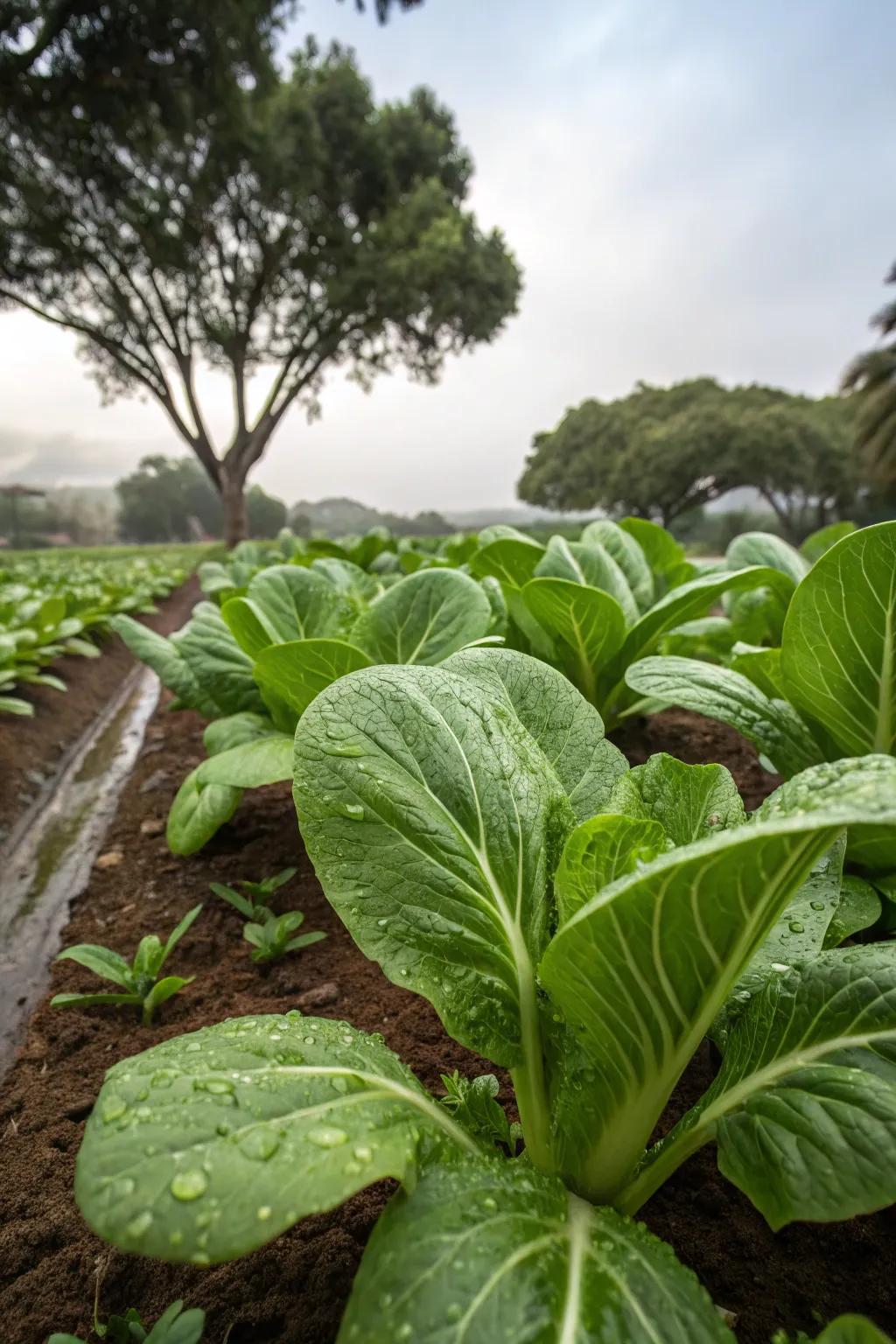
Bok choy thrives in cooler, shaded spots, making it a staple in my garden. I love its crunchy, delicious stalks.
Items that may come in handy:
- Shaded Garden Plant Covers: Protect your bok choy from harsh sun with durable, breathable garden plant covers.
- Organic Vegetable Fertilizer: Boost your bok choy’s growth with nutrient-rich, organic vegetable fertilizer.
- Garden Soil Moisture Meter: Ensure optimal soil moisture for your bok choy with a reliable garden moisture meter.
16. Surprising Strawberries

Yes, even strawberries can produce in partial shade! While they prefer more sun, my shaded strawberries still offer sweet surprises.
Give these a look:
- Strawberry Planting Kit: Grow strawberries easily in partial shade with this user-friendly planting kit. Perfect for beginners!
- Shade-Tolerant Fertilizer: Boost your shaded strawberries’ growth with this specially formulated shade-tolerant fertilizer. Easy to use!
- Watering Can with Sprinkler Head: Ensure even moisture for your strawberries with this efficient watering can. Ideal for gentle watering.
